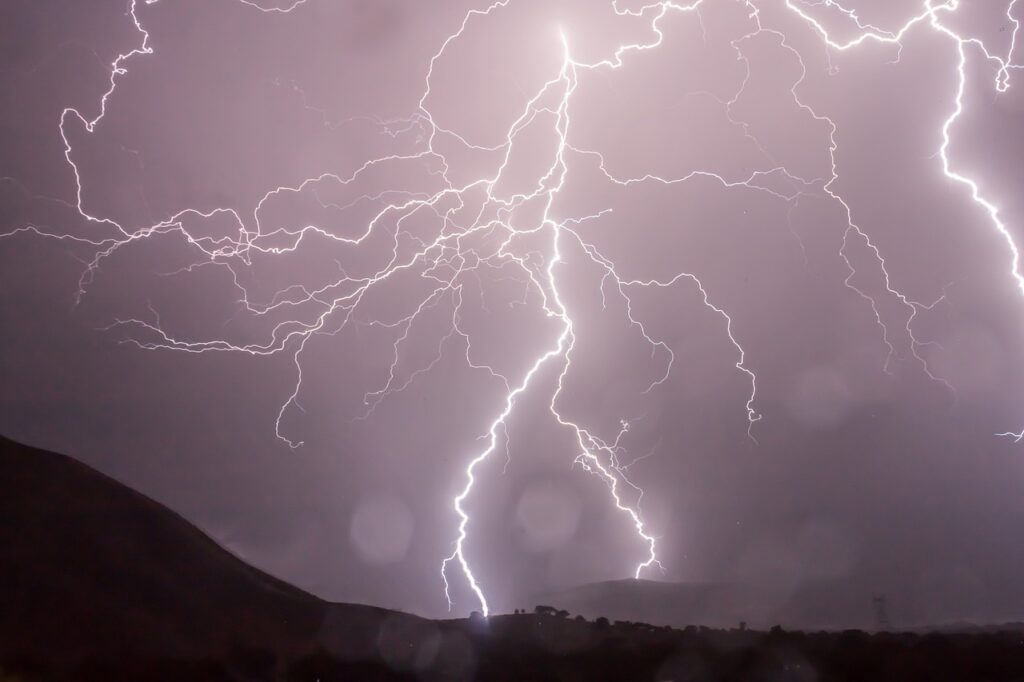toeboards are usually ___ inches high and used on landings and balconies. 2
The phrase, “toeboards are usually ___ inches high and used on landings and balconies. 2,” is persistent, but outdated. Modern standards demand:
OSHA: At least 3.5 inches (about 9 cm) from the top edge to the surface IBC (International Building Code): Most often 4 inches
A disciplined answer to most safety quizzes and every new build is four.
What Is a Toeboard, and Why Does Height Matter?
Function: Found at the base of guardrails on landings, balconies, platforms, and similar edges, toeboards are designed to keep loose objects or footwear from sliding off. Typical locations: Stair landings Building balconies Roof perimeters Jobsite scaffold edges
If you work in commercial, industrial, or modern residential construction, “toeboards are usually ___ inches high and used on landings and balconies. 2” must be corrected. Four inches is the minimum to prevent tools, bolts, or debris rolling over an edge.
Historical Habits vs. Current Code
Why “2 inches” persists: Early 20thcentury reference books and site training cited 2inch toeboards based on limited hazard models (screwsized debris, hand tools). Code evolution: In 1970s–2000s, injuries and dropped materials led to more rigorous standards. OSHA and IBC formalized “3.5 to 4 inches,” ensuring larger item capture and added visual deterrent.
Builders and inspectors still encounter “toeboards are usually ___ inches high and used on landings and balconies. 2,” but must override it with current code.
Installation Details
Materials: Wood (2×4, to finish at 3.5 inches, or trimmed to 4), steel angle, aluminum, or composite board rated for outdoor use. Attachment: Bolted, screwed, or welded to the base of guard railing or directly to platform edge. No more than ¼ inch gap below: Objects can’t slide under; the fourinch barrier is only as good as its lowest point.
What If Toeboards Don’t Meet Code?
Citations from OSHA, local code inspectors, or insurance reviews—often after a routine check or, worse, a dropped object. Potential for injury, lawsuits, and failed safety audits—especially in workplaces with multilevel access. Simple corrections: remove and replace with codeheight boards, always rounding up, not down.
Beyond Height: Complete Safety
Guardrails: Toeboards only prevent falls from below; rails at 42 inches or higher provide human fall protection. Kick plate extensions: In noisy or heavy tool zones, codes may permit up to 7.5 inches of vertical barrier. Openings: Toe gaps and penetrations must be treated with the same minimums—never accept “partial” solutions with stuckon trim.
Inspection Checklist
Minimum height: Check with tape or calibrated tool—no estimate. Secure attachment: No wobble, splits, or missing fasteners. Material quality: No rot, rust, or excessive paint layers that obscure defects. Clearance: Less than ½ inch gap at the base, ideally less than ¼ inch.
Inspection logs should document every measurement and repair.
Best Practices on Modern Sites
Fourinch standard is universal for all new construction—never less. Always use treated wood or corrosionresistant metal for outside work. For replacements or retrofits, explain the change: “Old code said two, OSHA says at least 3.5, we build to four.”
Toeboards are the unsung hero of jobsite safety and need to be treated with the same rigor as any other structural element.
When Is Higher Than Four Inches Needed?
Where debris risk (tools, large objects) is high or fall hazard severe. On platforms above areas of routine foot traffic or equipment operation. When required by custom facility or insurance demands.
Going above four inches is proactive; never drop below.
Final Thoughts
Toeboards safeguard more than toes—they catch every small hazard waiting for gravity and inattention to turn into accident. “Toeboards are usually ___ inches high and used on landings and balconies. 2” may still live in old books, but the answer now is four. Codes, safety audits, and realworld prevention demand it. Discipline in measurement and routine beats luck; every builder, inspector, and facility manager should be as precise about toeboard height as about any bigticket item on the project list. Four inches is protection made visible—do it right, every time.
